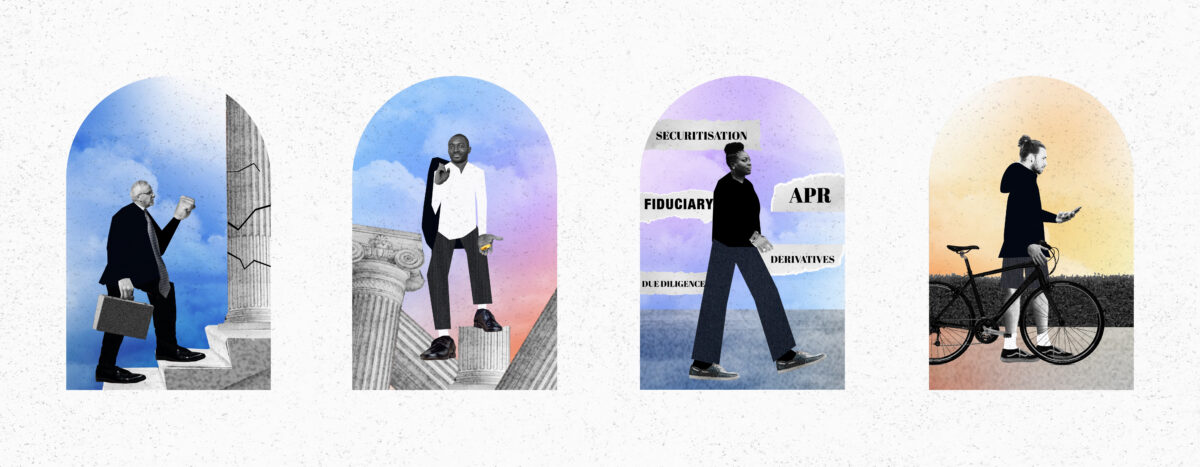Trust is the most precious currency of our age, and in the race to earn it, the world of business can win. How do we, as marketers, help our clients to leverage this moment?
It’s a critical issue: 84% of business executives are operating under the impression that their customers highly trust the company, yet only 30% of customers say the same (says PwC in its consumer intelligence survey). This is an astonishing gap.
What do businesses need to do to be able to show up and take the lead in this time of economic and planetary uncertainty? It’s going to take more than a holiday ad. We need to demonstrate how our clients’ businesses add value in this world.
It’s not about purpose-washing
You’ll have noticed, in recent years, a rush towards ‘purpose-washing’ – the overuse of values, vision, and mission to prove some sort of moral standing. Consumers are weary of these increasingly empty statements. They expect more. Our clients are finding that their audiences want to know the actions that corporate values have led them to take. They are interested in the real opinions of executive teams. They want the business to demonstrate its contribution to society. They need to know the provenance of products, the tech behind innovations, sustainability plans – and metrics. They need information, facts, transparency: truth.
People trust marketers even less than politicians
Are we, as marketers, best placed to tell that truth? The latest Ipsos Veracity Index survey shows that only 24% of the British public trust ad executives to tell the truth. That’s 3% less than they trust politicians. So who do they trust? That is clear: scientists (84%), engineers (88%) – people with ‘real’ jobs. They want detailed information, deep expertise, specialist knowledge – from qualified sources.
This kind of content, however, can obviously be too dry to consume. It has to be packaged in a way that is accessible and inspiring and connects with audiences. And no, AI can’t help quite yet. It’s trained on content that already exists so it can’t create anything original or unique that will ignite debate and motivate action. You need a human to do that. You need a journalist.
Give a voice to your experts
Journalists understand the power of the headline, of the right format, and the importance of building a relationship with their audiences. Journalists unearth the right stories that will have the greatest impact, and tell them in the most compelling way.
The New York Times ‘Trust’ team has introduced ‘enhanced bios’ for their key journalists to highlight ‘the human aspect of our work as misinformation and generative AI proliferates.’ Bios include information on the writer’s experience in the subject matter, their process of sourcing the story, and the codes and rules within which they work.
With the right content strategy, we can identify, harness, and elevate leadership voices and subject matter expertise within businesses, we can create influence and fuel conversations. And we can help our clients earn trust with their audiences faster than anyone else.
Google gets it
In December last year, Google added one more E to its Expertise, Authority, and Trustworthiness ratings: experience. Google’s content Quality Raters are looking for proof that the creator has had first-hand experience with the subject matter. It’s not enough to sound authoritative, you need to prove your expertise. Businesses: This is your moment.
Storytelling with substance
It’s simply about demonstrating your knowledge, every day, and keeping the dialogue open. Tell the stories that consumers are interested to hear, with clarity and structure. Deliver them through digital newsrooms, conversations on social, whitepapers, explainers, facts, stats, and case studies. All of these will build a picture of a business that is opening its doors to scrutiny, and one that can confidently command the narrative in a world of noisy, nervous chatter.
Your audiences have all had enough of one-hit-wonder ad campaigns and wallpaper ‘content,’ they want real storytelling; storytelling with substance.









